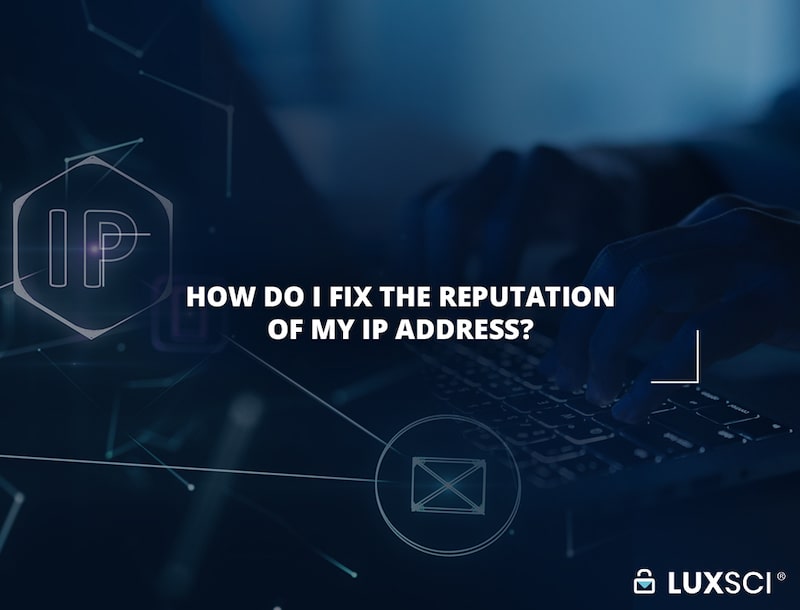Healthcare marketing compliance involves strict adherence to HIPAA authorization requirements, state privacy regulations, and industry advertising standards when using patient information for promotional purposes. Medical practices must obtain written patient consent before incorporating protected health information into testimonials, case studies, or targeted advertising campaigns, while ensuring all business associate agreements with promotional vendors include appropriate data protection clauses and breach notification procedures.
Medical practices pursue new patient acquisition through promotional activities while protecting existing patient privacy rights. Marketing departments frequently discover that their most compelling promotional ideas involve patient stories, treatment outcomes, or demographic data that require extensive legal review before implementation.
Written Authorization for Healthcare Marketing Compliance
Patient authorization must precede any use of PHI in promotional materials, specifying exactly which information will be disclosed, identifying all recipients of promotional communications, and explaining patient rights to revoke consent. These forms require expiration dates, signature requirements, and plain language descriptions that patients can easily comprehend without legal expertise.
Organizations cannot combine promotional authorization with treatment consent forms or condition medical services on patients agreeing to promotional uses of their information. Patients who decline promotional authorization must receive identical treatment quality and cannot experience discrimination or reduced service levels because of their privacy choices.
State Privacy Laws
California’s Consumer Privacy Act, Texas Medical Records Privacy Act, and other state regulations impose requirements that exceed federal HIPAA standards for promotional activities. Some states require opt-in consent for all promotional communications, while others mandate specific disclosure language or waiting periods before promotional authorization becomes effective.
Multi-state healthcare systems must comply with the most restrictive state requirements across all their operations to avoid violating patient privacy laws. Organizations operating in states with enhanced privacy protections cannot rely solely on healthcare marketing compliance but must incorporate additional state-specific requirements into their promotional practices.
Digital Advertising Platforms
Social media advertising, email promotional platforms, and website analytics tools frequently request access to patient contact information, demographic data, or behavioral tracking that falls under privacy protection laws. Healthcare marketing compliance requires careful evaluation of third-party technology vendors to ensure they provide appropriate business associate agreements and data protection measures.
Retargeting campaigns that track patient website visits or online behavior present particular risks when healthcare organizations use advertising pixels, conversion tracking, or audience segmentation tools. These technologies may inadvertently transmit protected information to advertising networks without proper authorization or contractual protections.
Vendor Management Protects Marketing Activities
Advertising agencies, promotional consultants, and marketing service providers need business associate agreements before accessing any patient information for campaign development or audience analysis. These contracts must specify permitted uses of protected data, establish security requirements, and outline breach notification procedures when privacy violations occur.
Organizations retain full liability for vendor compliance failures, making thorough due diligence essential before selecting promotional partners. Healthcare marketing compliance programs should include vendor auditing procedures, contract review protocols, and performance monitoring systems to ensure privacy protection throughout promotional activities.
Content Creation Within Privacy Protection Guidelines
Patient testimonials, success stories, and case studies require detailed authorization forms that specify exactly how patient information will be used across different promotional channels and time periods. De-identification offers an alternative approach but requires removing all identifying elements according to HIPAA standards, including dates, locations, and demographic details that could reveal patient identity.
Photography and video content featuring patients or their treatment areas need separate consent documentation covering future use, distribution methods, and duration of permission. Healthcare marketing compliance includes behind-the-scenes content, facility tours, and staff interviews that might inadvertently capture patient information in background elements.
Staff Education Prevents Privacy Violations
Marketing personnel, communications staff, and external vendors need education about distinguishing between permissible healthcare communications and restricted promotional activities requiring authorization. Training programs should cover identification of protected information, authorization requirements, and escalation procedures for situations requiring legal review.
Updates cover new promotional channels, technology platforms, and changing regulatory interpretations that affect healthcare marketing compliance standards. Organizations benefit from establishing clear approval workflows for promotional materials and designating privacy personnel to review campaigns before launch.
Enforcement Actions Shape Compliance Priorities
Recent OCR investigations have targeted healthcare organizations using patient information in social media posts, email campaigns, and website content without proper authorization. These enforcement actions show increasing federal attention to promotional activities and willingness to impose financial penalties for privacy violations.
Settlement agreements frequently require organizations to implement comprehensive compliance programs, conduct staff training, and submit to monitoring for extended periods. Healthcare marketing compliance programs that consider these enforcement priorities can minimize violation risks and avoid costly regulatory investigations.










